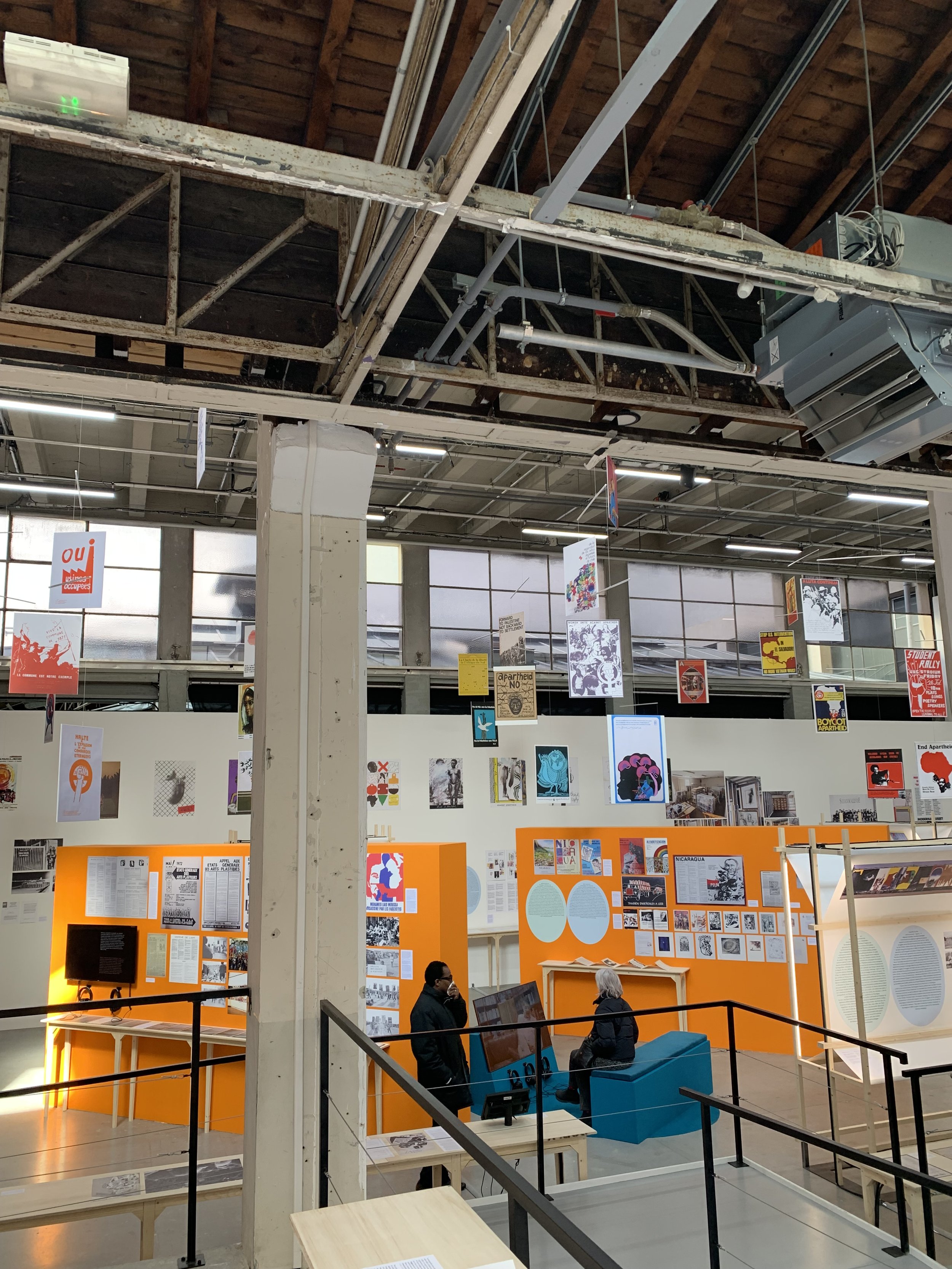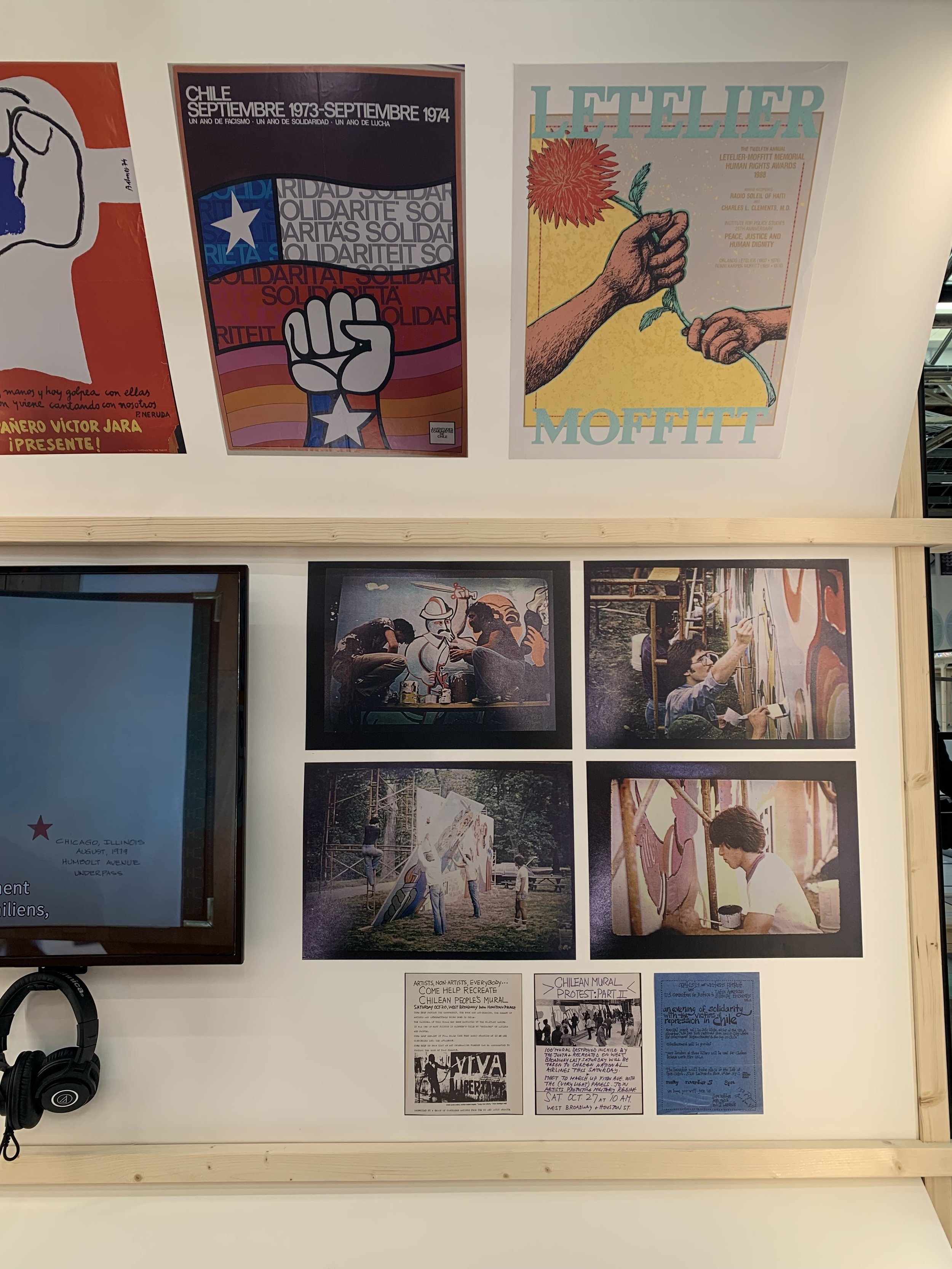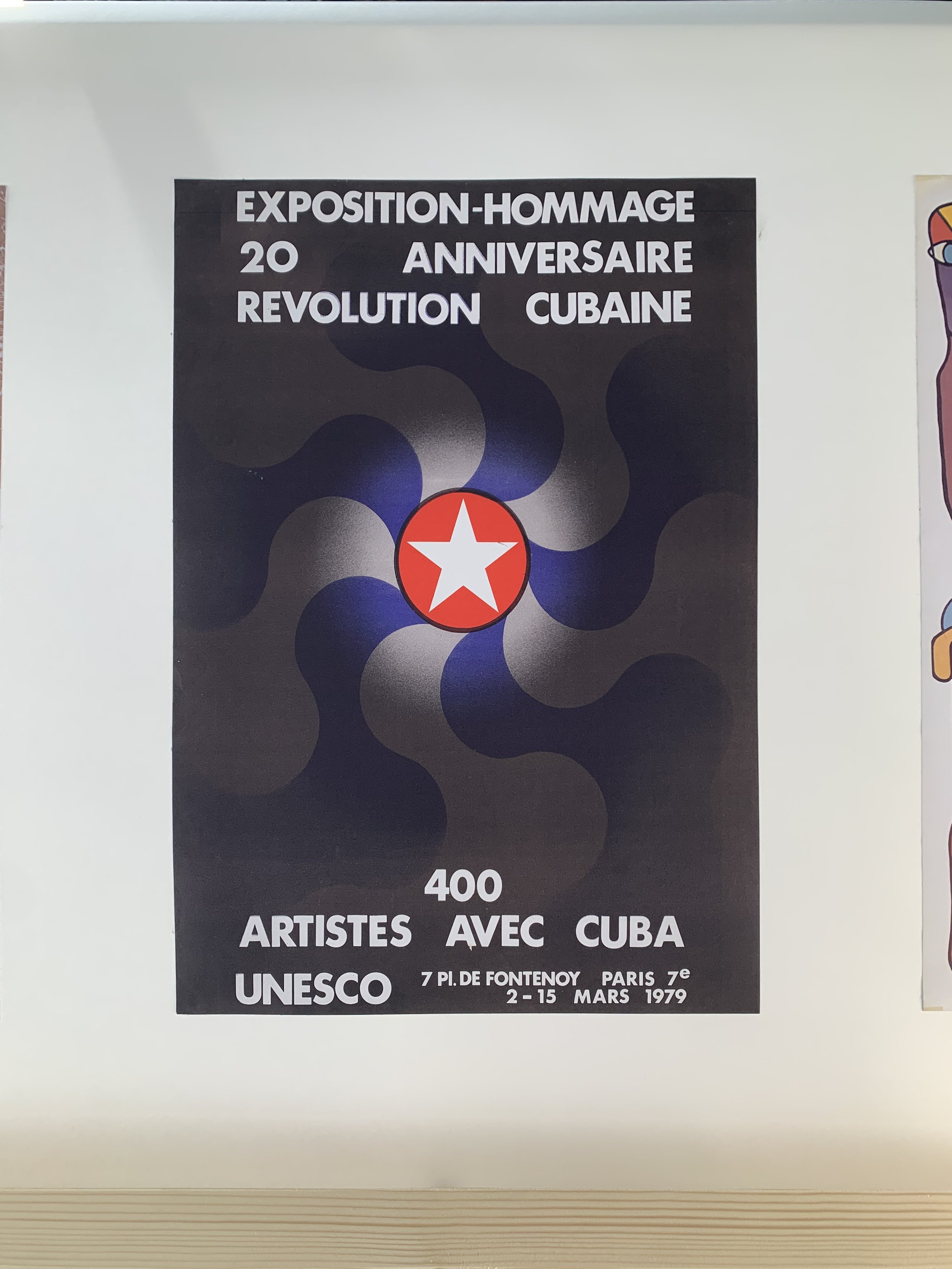Review: Past Disquiet at Palais de Tokyo, Paris
Exploring the relationship between activism, resistance and art, the exhibition Past Disquiet - researched and curated by Kristine Khouri and Rasha Salti - is reviewed by Nada Naya Nemer.
The archival and documentary exhibition Past Disquiet is an incredibly relevant and important showcase of the power of art and culture, particularly when considering today’s political climate. Exploring this theme through a global lens - using ‘60s and ‘70s archival material from the former Palestinian Liberation Organisation’s (PLO) exhibitions in Beirut - curators Kristine Khouri and Rasha Salti trace how solidarity movements throughout history have used art as a form of activism, resistance and empowerment. With a particular focus on Palestinian resistance - alongside its relationship with Europe, South America, Asia and Africa - this body of research is a must-see exhibition given the on-going devastation in Palestine.
The exhibition space.
The first half of the exhibition (although, as implied in the show catalogue, ‘there is not a single pathway to visit the exhibition’) focuses on establishing the roots of the theme of art as resistance. To do so, the body of archival research and documentation regarding the PLO’s art and culture branch, most notably, the International Art Exhibition for Palestine, is explored. Providing a backdrop to art as resistance, the opening half of the show features short films with interviews from a variety of experts on art and Palestinian resistance (such as writer Liana Badr, who powerfully states in the film that “a Palestinian is not someone who just carries a gun”), alongside historical and archival footage of early pro-Palestinian resistance, documents and artwork. Corresponding with this are posters - a key focus documented throughout - and personal images from the era showing artists and key figures in the resistance conversing. Ovals of teal, mint green and baby blue showcase the exhibition text. Moving into the middle part of the show as you move up the ramp, the subject matter begins to expand, exploring the links of Palestinian resistance with other solidarity movements around the world, including other Arab countries, Italy, Japan and Cuba, to name a few.
Visually, the exhibition is incredibly enticing. Stations constructed of pale wood - some fitted with small screens that play informational videos of interviews or archival imagery - are organised around the exhibition space, each with their own individual themes that help contribute to the overall conversation of art as resistance. The graphic design of the exhibition - curated by Studio Safar, a Beirut-based design agency - features regular colours of burnt orange, teal, duck egg blue, mint and baby blue are used as a backdrop to the images and text, which, against the industrial design of the space, make the conversation stand out and easy to follow.
A series of archival images and newspaper snippets from the research of curators Khouri and Salti.
Archival material of a Lebanese newspaper that covered the opening of the PLO’s art exhibition in Beirut.
As the show progresses, we begin to see the growing connection between how art is used as a form of activism and resistance in the Palestinian cause in comparison to other past colonial and political tragedies. Hung from the ceiling are posters used in different solidarity movements across the decades; some from South America, others from the Gulf, and some even from the era of apartheid in South Africa. Visually striking, the different levels at which the bold and graphic designs are hung make sure that the viewers engage with every single poster. I find myself flicking between posters depicting Nelson Mandela, to vivid red birds arranged in the shape of Palestine symbolising hope, then abstract artwork promoting a conference for solidarity with Chile.
An image featuring the ‘Palestine Lives’ poster.
The friend with whom I attended the exhibition was particularly impacted by a poster featuring a simple yet prominent design of an abstracted Palestinian flag with the words ‘Palestine Lives’ written underneath. As we leave Palais de Tokyo, she reveals to me that this was the first time she truly understood what the Palestinian cause is and what it stands for. Later on, she also mentions that she was impacted by a work by Zakaria Tamer and Mohieddin El-Labbad titled Home: a twenty-four paged fold-out booklet that teaches children the notion of home and its relation to Palestinians. Reflecting on this, I realise just how powerful this body of research is in addressing, educating, and communicating deeply relevant narratives of displacement and colonisation through art. Cleverly done through the use of graphic design with an emphasis on posters, the exhibition is accessible to all through its variety of film, photography, and written content. Not only is the show brilliant in its ability to educate and communicate the Palestinian narrative, but it also provides a sense of hope for Palestinians, particularly those living in the diaspora. Past Disquiet allows Palestinians to feel both represented in a renowned gallery space, but also encouraged when seeing links between their history and the history of others across the globe. Alongside this, Palestinian creatives feel fulfilled and reassured in their practices, knowing that art has a huge impact and influence on aiding the cause.
Past Disquiet will be at Palais de Tokyo until June 2024.
Display section dedicated to art and resistance in Chile.
Poster from 1979 for the ‘Artists With Cuba’ exhibition.






